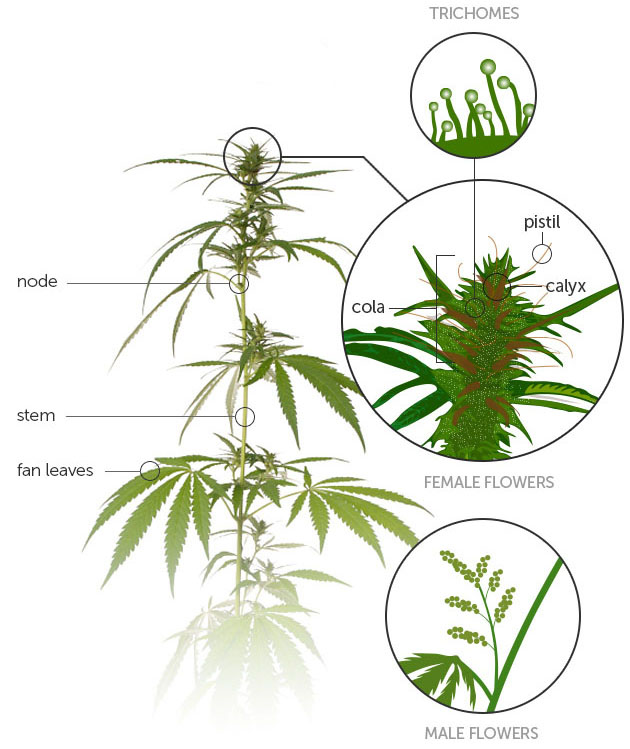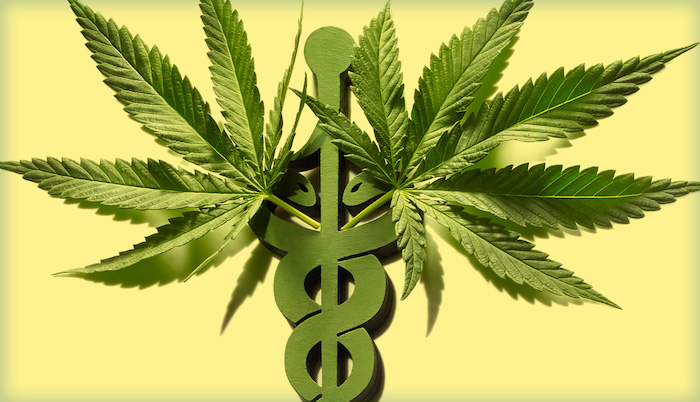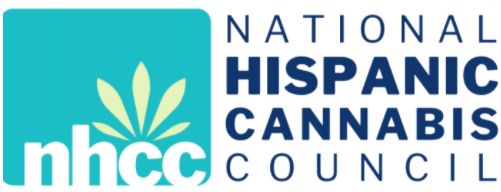CANNABIS: THE PLANT

Cannabis is a flowering plant with many purposes: cannabis seeds can be used for food; its stalks can be used for paper, clothing, rope and building materials; and its leaves, flowers and roots can be used for medicinal purposes. The female plants can grow the flowers, or buds, that are utilized most often for human consumption. The cola refers to the plant’s “bud site” where tight female flowers bloom. Colas form at all budding sites throughout the plant, but the larger, firmer colas tend to form toward the top of the plant with the main cola, sometimes called the apical bud, forming at the very top of the plant. On the flowers, or buds, you will notice what look like little translucent or white looking crystals. These are called trichomes. Originally developed to protect the plant against predators and the elements, these very small clear mushroom-shaped glands ooze very fragrant oils called Terpenes as well as the therapeutic cannabinoids like THC and CBD.
As each state passes new cannabis laws and the regulatory agencies begin drafting rules for implementing the programs, there is an increasing number of opportunities for individuals from a variety of business backgrounds to get involved in this novel industry.
This document is intended as a helpful guide for individuals who are new to the industry to understand some key considerations for starting and operating a business in the cannabis industry.
Cannabis as Medicine

Cannabis has lived alongside humans for thousands of years and has been cultivated for medicinal purposes for just as long. Cannabis’ impact on the human body can be credited, in large part, to what are called Cannabinoids. Cannabinoids are chemical compounds secreted by the plant’s trichomes that offer a wide array of therapeutic benefits. The two most well known cannabinoids are THC and CBD.
Cannabinoids bind to receptor sites in the brain and body – this system of receptors is referred to as the Endocannabinoid System.
The science behind cannabinoids as medicine is strong; so much so that certain cannabinoids have actually been synthesized (artificially made) and received FDA approval for treatment of illnesses like MS (Sativex, Marinol and others). The two cannabinoids mentioned, THC and CBD, have been shown to help patients suffering from pain, nausea, sleep and stress disorders, as well as stress relief, anxiety, inflammation and epilepsy. Cannabis contains at least 85 different cannabinoids and more research becomes available every day detailing how cannabinoids can be used to treat a wide range of ailments. However, recent studies have also shown a possible connection between early cannabis use and a negative impact on brain development. Without question, additional research into cannabis’ impact on the human body is needed and appropriate.
One of the best things to understand about cannabis as a modern medicine is that you no longer have to smoke cannabis or ingest a food/liquid that contains an unknown or random amount of active ingredient. Like traditional modern medicine, cannabis can be precisely dosed. Recent advancements in processing techniques have lead to the ability to produce pills, gelcaps, tablets and the like created that contain exact amounts of active ingredient
The Effects of Cannabis
Effects can vary — some people don’t feel anything at all the first time they try cannabis. For the most part, the experience tends to be kind of relaxing and a little euphoric. Some people can become more outgoing and social. However, others find cannabis makes them tired, anxious or even paranoid.
It is very important to proceed with consuming medical cannabis cautiously and with respect for its efficacy – start slow with a low dosage and see how it affects you. Keep track of your dosing, type of product and the feelings that it provided – this will help you better understand how cannabis can best work for you.
Types of Consumption
These days, a wide variety of consumption methods exist. Traditionally, cannabis is smoked in either a pipe-type instrument or rolled in paper and smoked like a cigarette (a joint). Oral ingestion (eating cannabis-infused foods) has also been a traditional consumption method in many cultures.
Recently, with advancements in extraction technologies, a new form of concentrated resin has been developed as well as concentrated forms of cannabis oils that can be ingested orally, mixed with topical lotions and applied to the skin, or vaporized and inhaled – smoking the flower is no longer the only method; you can truly take a pill that contains a very precise and consistent dose of medication, i.e. a pill with 5mg of THC and 5mg of CBD.
The most common forms of consumption and the cannabis forms for each:
- Inhalation – smoking or vaporizing and inhaling through the lungs (joints, pipes, and vaporizers).
- Ingestion – the cannabinoids and terpenes are extracted from the flower as oil and then either ingested as-is, combined with another medium like food, or processed into pills, gel caps and other traditionally-seen medicinal forms that can enable very precise and controlled dosing experiences (edible baked goods, pills, capsules and tinctures).
- Oral absorption – the extracted oil is combined with another medium. The finished product is kept in the mouth while it dissolves under the tongue, on the tongue or through the inner cheek (mints, lozenges and breath strips).
- Topical – the extracted oil is combined with a product that is applied to the skin (lotion, ointments and transdermal patches).
Consumption of Edibles and the Human Body
The metabolism of the person plays a large role in the amount of time it takes for an edible to take effect on the human body. Traditionally, it can take anywhere from 20 minutes to two hours or longer.
The effects generally peak up to four hours after eating or drinking cannabis, so it’s best to wait at least that long before consuming more. In most places, 5-10mg is considered to be a dose – which may be just right for some, too much or not enough for others. Take your time and learn what’s right for you, and always pay attention to the label for dosing and recommended serving size.
Consuming Too Much Cannabis
Consuming too much cannabis may lead to a few unpleasant hours. However, unlike other commonly prescribed medicines for treating pain and other conditions approved for this program, it is highly unlikely that an otherwise healthy individual would experience a lethal reaction from over-consuming cannabis. This is principally because the cannabinoid receptors, unlike opioid receptors, are not located in the brain stem areas that control respiration and cardiovascular function. In the nearly 5,000 years that cannabis has been used by tens of millions of people for both medicinal and recreational purposes, there has not been one credible documented case of someone fatally overdosing on cannabis.
